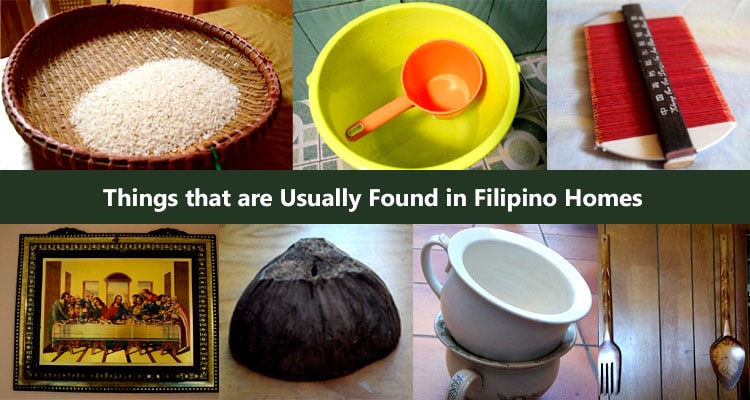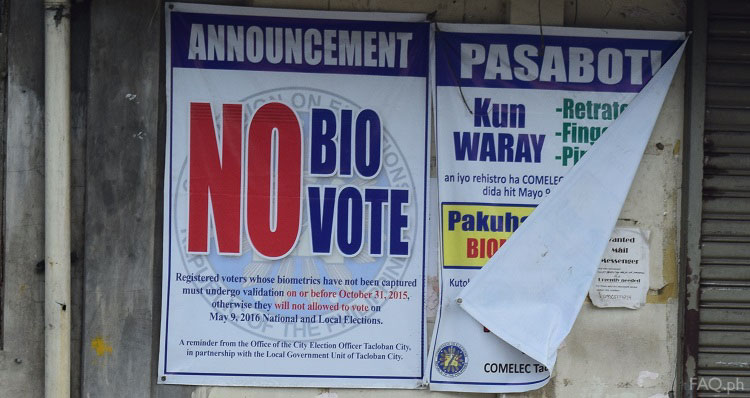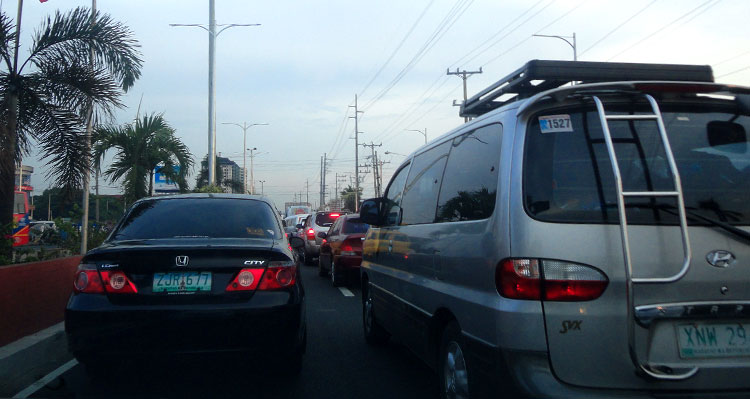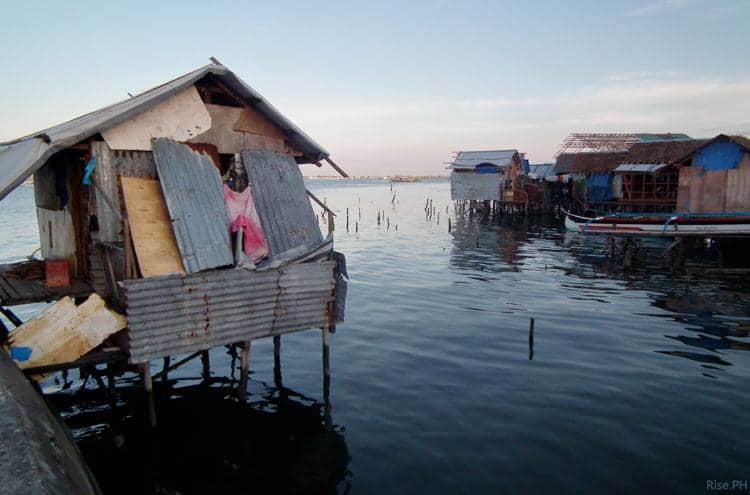We all know that the Philippines is located along the Pacific Ring of Fire, which is the reason why our country is prone to seismic and volcanic activity.
Now, the country is preparing for “The Big One”, a magnitude 7.2 magnitude earthquake from the West Valley Fault which is expected to hit Metro Manila and Quezon City. Thus, the Office of Civil Defense (OCD) in coordination with the Bureau of Fire Protection (BFP) and other government agencies has been conducting series of earthquake drills. This is to prepare the people for the estimated impacts projected in the 2004 Metro Manila Earthquake Impact Reduction Study (MMEIRS). According to MMEIRS, “The Big One” could destroy about 40% of residential buildings and damage 35 percent of public buildings. It could also result to 34,000 casualties, 114,000 individuals will be seriously injured, and the possible fire incidents that would follow could add another 18,000 deaths. With the drills and information campaigns conducted, the authorities are hoping that those numbers would be lessened.
Actually, there had been many stronger earthquakes which hit the Philippines since 1600s but they caused lesser damage to properties. Casualties were also fewer because the cities then weren’t so densely populated unlike today. And as we know, Manila is the most densely populated city in the Philippines, if a magnitude 7.2 earthquake hits, there would surely be thousands of casualties and billions of damages on properties and infrastructures.
The following are top 10 strongest earthquakes in the Philippines that caused major destructions and casualties:
1. Magnitude 8.0 earthquake in Mindanao (August 17, 1976)
A magnitude 8.0 earthquake took place near Mindanao and Sulu a little past midnight of August 17, 1976 that was felt as far as Visayas. It was then followed by a massive 4 to 5 meters high tsunami covering 700 kilometers of coastline bordering the island. Because it was dark, the people were caught by the raging water which claimed 8,000 lives, injuring 10,000, and leaving 90,000 more, homeless.
2. Magnitude 7.8 earthquake in Northern and Central Luzon (July 16, 1990)
A total of 2,412 people died and at least ₱10-billion worth of damages to public and private properties was reported after a magnitude 7.8 earthquake struck Northern and Central Luzon at around 4:00 p.m. of July 16, 1990.
Hyatt Terraces Plaza, Nevada Hotel, Baguio Hilltop Hotel, Baguio Park Hotel, and FRB Hotel, all in Baguio collapsed trapping and burying people alive.
Although the epicenter was recorded in Nueva Ecija, it caused more damage in the City of Pines. And the quake that just lasted for about a minute was one of the tragedies in the country that would never be forgotten.
3. Magnitude 7.5 earthquake in Luzon (November 30, 1645)
The magnitude 7.5 earthquake that crushed Luzon on November 30, 1645 at about 8:00 pm was called the “most terrible earthquake” in Philippines history. The Epicenter of the said quake was in Nueva Ecija caused by the San Manuel and Gabaldon Faults.
The extent of the tremor was felt as far as Cagayan Valley. It has caused many landslides which buried many people alive and destroyed many buildings and churches including Manila Cathedral.
That time, only Spanish are counted so the recorded number of casualties was only 600 while the injured was 3,000.
4. Magnitude 7.3 earthquake in Casiguran (August 2, 1968)
Most of the people in Casiguran, Aurora was still fast asleep when a magnitude 7.3 earthquake struck at 4:19 a.m. of August 2, 1968.
It was another deadly and shocking seismic activity in the country. And the City of Manila got the most severe damage. Many buildings were either damaged or destroyed totally.
The said event was also called the Ruby Tower earthquake after the said six-story building located in Binondo collapsed, and caused the death of 260 people. A total of 268 people died that day and 261 more were injured.
5. Magnitude 7.2 earthquake in Bohol (October 15, 2013)
I can still remember how people panicked in the morning of October 15, 2013. It was around 8:12 a.m. when a strong earthquake was felt here in Tacloban City. Only to find out after the lights came back that what we have experienced was nothing compared to the damage it caused in Bohol which was the epicenter of the magnitude 7.2 earthquake.
The quake affected most of Central Visayas, particularly Bohol and Cebu. It was felt in the whole area of Visayas and reached as far as Masbate Island in the north and Cotabato in Southern Mindanao.
According to the National Disaster Risk Reduction and Management Council (NDRRMC), a total of 222 people died, 8 went missing and 976 others were injured. An estimated 73,000 structures were damaged wherein more than 14,500 of which were destroyed totally.
6. Magnitude 7.1 earthquake in Mindoro (November 15, 1994)
November 15, 1994, at around 3:15 a.m., a magnitude 7.1 earthquake rocked Mindoro. A gigantic 8.5 meters (28 ft) tsunami then followed which devastated the islands of Baco and Calapan, Mindoro.
A total of 7,566 houses were washed out and some 78 people died because of that tragedy.
7. Magnitude 6.9 earthquake in Central Visayas (February 6, 2012)
A total of 51 people died, 62 still missing and 112 were injured when a 6.9 earthquake Central Visayas, particularly Negros and parts of Mindanao on February 6, 2012.
It caused a landslide which buried a barangay, damaged 15,483 houses, and a total damage of ₱383-million on infrastructures and buildings was recorded.
8. Magnitude 7.5 earthquake in Central and Southern Mindanao (March 5, 2002)
A magnitude 7.5 earthquake resulted to the death of 15 people and injuring around a hundred more in Central and Southern Mindanao on March 5, 2002.
The said quake originated near the Cotabato Trench that was followed by a tsunami. But it was the flood that was generated by landslides and falling debris that caused damage to an estimated 800 buildings.
9. Magnitude 6.5 quake in Ilocos Norte (August 17, 1983)
The magnitude 6.5 quake in Ilocos Norte on August 17, 1983 happened around 8:18 p.m. and resulted to 16 casualties and 47 people got injured.
It caused damages on various establishments such as schools, buildings, malls, residences, and etc. There were also landslides and sand boils that followed the event.
10. Magnitude 7.6 earthquake happened near Guiuan, Eastern Samar (August 31, 2012)
A very strong earthquake with a magnitude of 7.6 happened near Guiuan, Eastern Samar on August 31, 2012 that was felt as far as Mindanao.
The Philippine Institute of Volcanology and Seismology (PHIVOLCS) issued a tsunami warning Level 3, but it was lifted 5 hours later.
The quake caused damage on homes, bridges, and other infrastructures. There were also power interruptions in the affected areas. But despite the intensity only one person was reported dead and one injured because of the landslide in Cagayan de Oro City.
The bad thing about an earthquake is that we cannot prevent it and we cannot predict it. We do not know when exactly it would happen. Because of that, it would be better for us to be prepared at all times. Participate in Earthquake drills conducted by authorities, keep an emergency kit in the house, don’t panic when it happens and most importantly don’t forget to pray.




 2015 is the “Year of the Poor” as declared by the Catholic Bishops Conference of the Philippines (CBCP). This is in relation to the theme of Pope Francis’ visit to the country last January, “Mercy and Compassion”. The Catholic leader encouraged the people to show real compassion to the needy by acting out of it. This means not just feeling pity for them, but taking actions to help in every way possible.
2015 is the “Year of the Poor” as declared by the Catholic Bishops Conference of the Philippines (CBCP). This is in relation to the theme of Pope Francis’ visit to the country last January, “Mercy and Compassion”. The Catholic leader encouraged the people to show real compassion to the needy by acting out of it. This means not just feeling pity for them, but taking actions to help in every way possible.
Latest comments